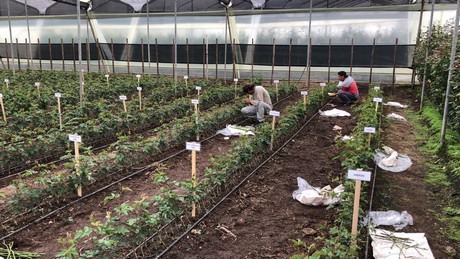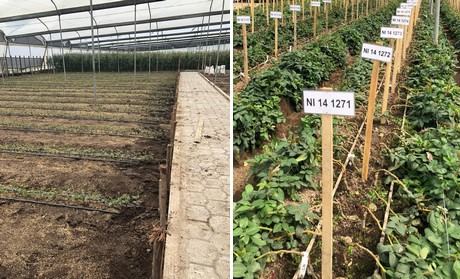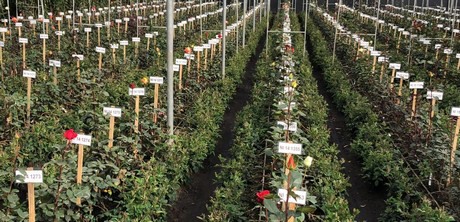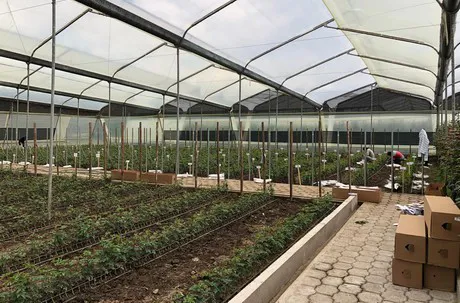"We were about to eliminate some of our varieties in our showroom in Cayambe till we saw how they performed at our new location in Cotopaxi", says Carlos Castillo of NIRP Ecuador. For several years, this Italian rose breeder has been testing and showcasing their varieties in Cayambe, at Rosaprima, one of the largest rose growers of the country. Earlier this year, they established another showcase and trial location in Cotopaxi at Agrinag. Castillo is pleased with the increase in information they have to select their varieties.

Different climate conditions
In Ecuador, the climate conditions differ per cultivation zone. "The north and south of the country are very different, and this includes soil, temperature, humidity, water. And when testing and selecting new varieties it is important to know the growing, production and adaptability to the different conditions that belong to the location of a farm."

New trial and area
So, in order to get a better insight in how their varieties perform in a different cultivation zone, NIRP decided to start trialing and selecting varieties at another location as well, and they decided to trial them in the Cotopaxi area, at Agrinag. So what is the difference between this location and the one in Cayambe? "Principally the climate, temperature, soil, and water. These latter two, soil and water, also make fertilization different. One of the most important differences is the insolation."
At this family-run rose farm, they use 1,000 m2 to trial and select codes and pre-commercial varieties and 500 m2 for showroom and commercial varieties.

Select varieties with more information
In April 2018, they planted the first varieties and so far, Castillo is pleased. "We have seen that some varieties that we were close to eliminating in the other showroom, performed better in other weather conditions. These varieties, for example, develop better in colder temperatures. It was a good surprise for us. Now, we can select the new varieties with more information."
For more information
NIRP Ecuador C.LTDA
Carlos Castillo
Email: [email protected]
www.nirpinternational.com










